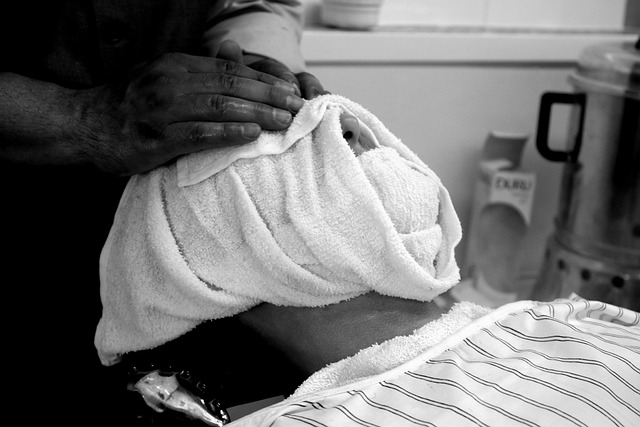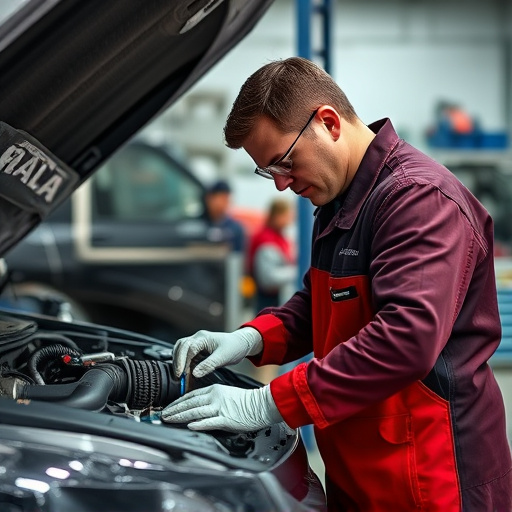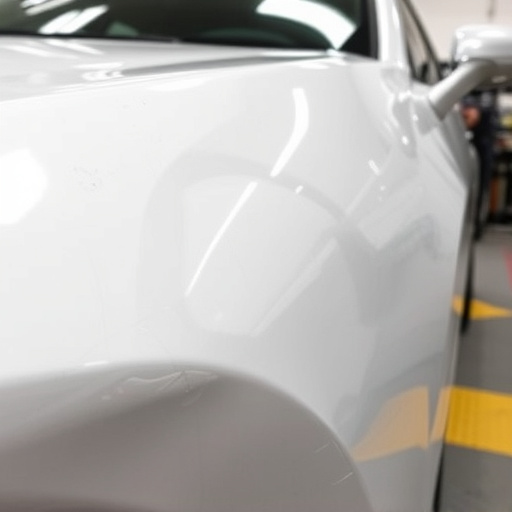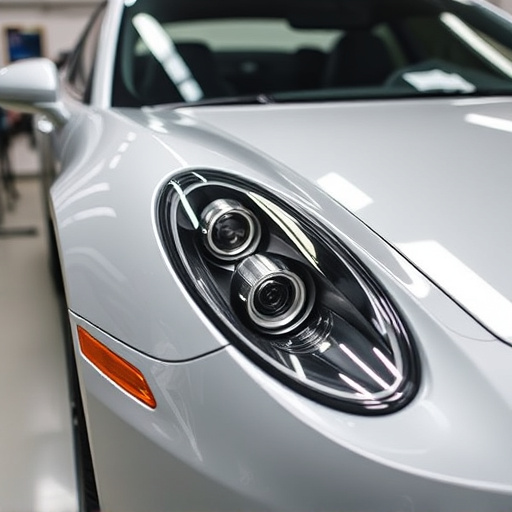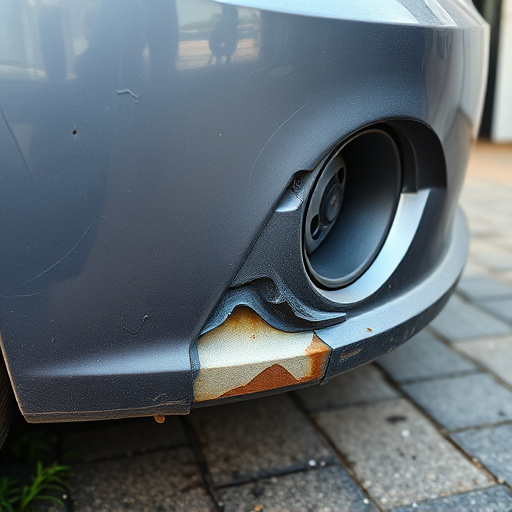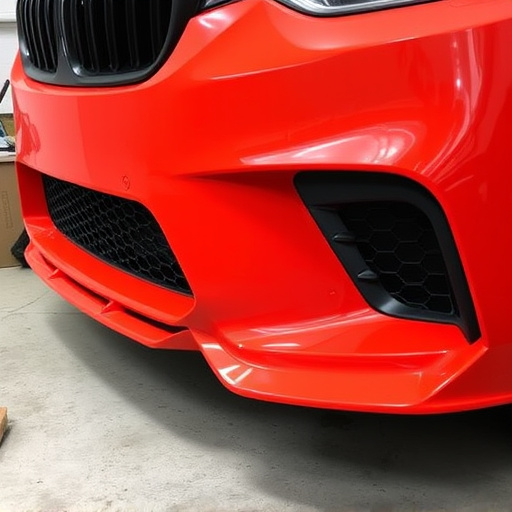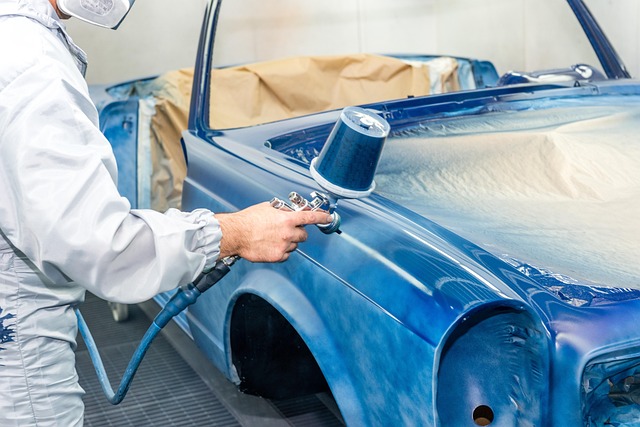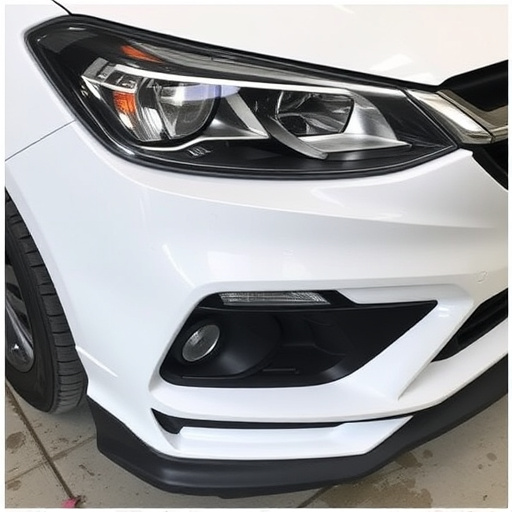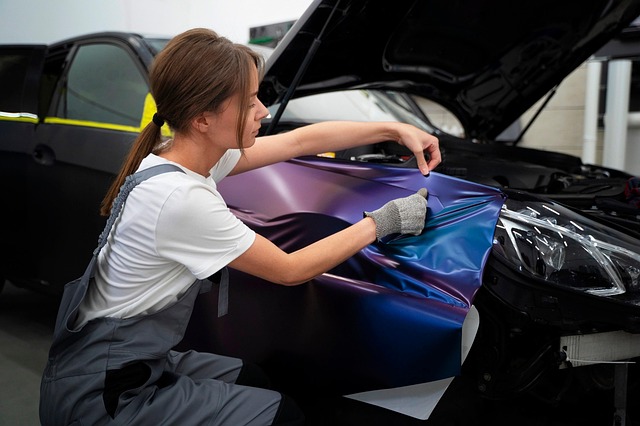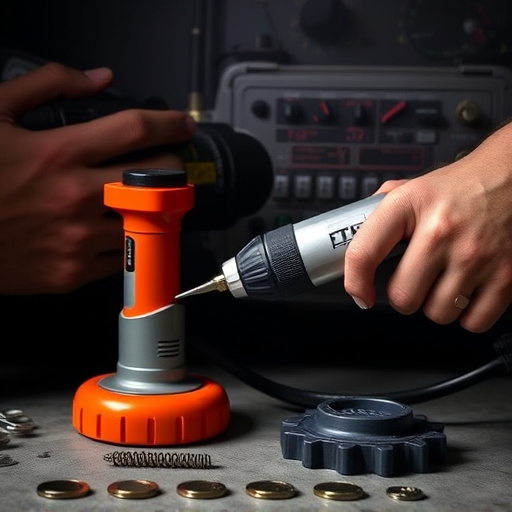Structural damage repair requires meticulous assessment and specialized skills for safe, effective restoration. Advanced equipment like welding robots, 3D scanners, and laser measurement tools enhance precision and minimize risks in modern vehicle designs. Restoration specialists with extensive training tackle complex scenarios, using materials science knowledge to select durable replacement materials for structures from historic buildings to skyscrapers, including automotive body work.
Structural damage repair is a meticulous process that demands specialized equipment and skilled professionals. This comprehensive guide explores the critical components of effective structural damage restoration. We delve into understanding the causes and extent of common structural issues, highlighting the need for tailored solutions. Additionally, we examine advanced equipment designed to ensure safe and efficient repairs, as well as the essential skills and training required to perform these delicate tasks expertly.
- Understanding Structural Damage: Causes and Extent
- Specialized Equipment for Safe and Efficient Repair
- Skills Required: Training and Expertise in Restoration
Understanding Structural Damage: Causes and Extent
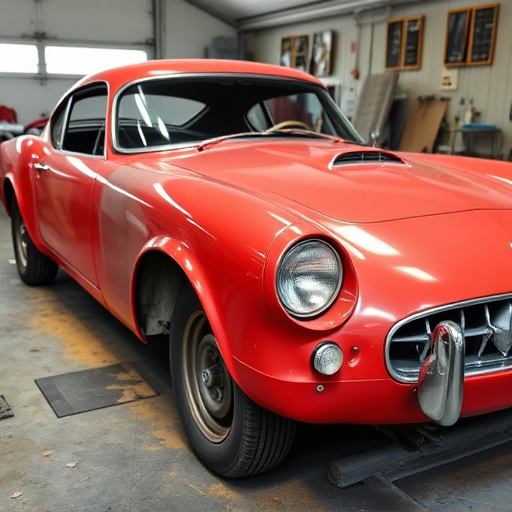
Structural damage to buildings or infrastructure can arise from various factors such as natural disasters (earthquakes, floods), severe weather conditions (high winds, heavy rainfall), or human-induced incidents (accidents, construction blunders). Proper assessment of the extent and causes of structural damage is crucial before initiating any repair work. This involves meticulous inspection to identify compromised elements like weakened beams, fractured columns, or displaced walls.
Understanding the root cause helps in selecting the right Structural Damage Repair methods tailored to each unique scenario. For instance, while automotive repair focuses on fixing vehicle damages, structural repairs delve into the integrity of entire structures. Similarly, car dent removal techniques aren’t applicable here; specialized skills and equipment are required to address complex structural issues effectively.
Specialized Equipment for Safe and Efficient Repair
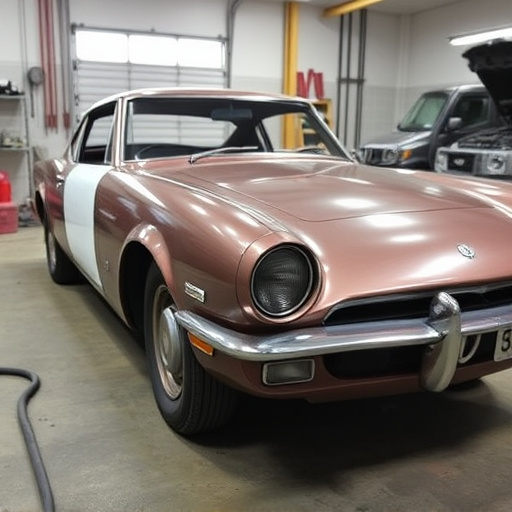
When it comes to structural damage repair, specialized equipment plays a pivotal role in ensuring safety and efficiency. Traditional tools often fall short when dealing with complex geometric shapes or intricate components found in modern vehicles. Specialized machinery, such as industrial-grade welding robots and computer-aided cutting systems, are designed to handle these challenges precisely. These advanced tools not only streamline the repair process but also minimize the risk of further damage, making them indispensable for skilled technicians in a vehicle body shop.
Furthermore, specialized equipment facilitates accurate measurements and precise adjustments, which are crucial for structural damage repair. Technologies like 3D scanning and laser measurement systems capture detailed data of the affected areas, allowing for exact restoration to original factory specifications. This level of precision is particularly vital when dealing with car dent repair or vehicle paint repair, ensuring that the final touch-ups are seamless and the vehicle’s aesthetic integrity is restored without a trace of its previous damage.
Skills Required: Training and Expertise in Restoration
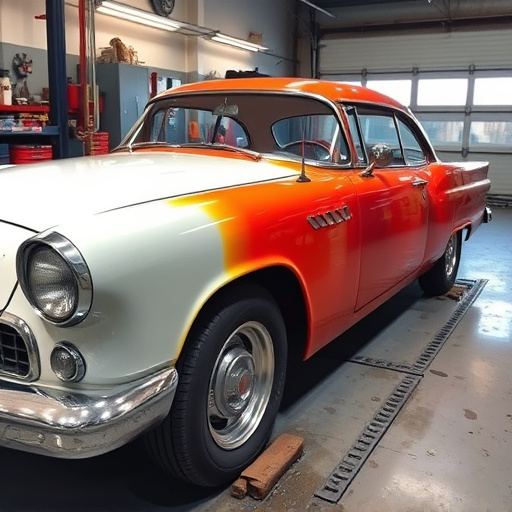
When it comes to structural damage repair, the skills required go far beyond basic carpentry or metalworking. Restoration specialists need extensive training and expertise in a variety of techniques specific to this field. This includes understanding advanced methods for assessing and stabilizing damaged structures, as well as proficiency in specialized equipment designed for precise repairs.
Restoration experts must be adept at handling complex scenarios, such as repairing structural elements affected by water damage, fire, or seismic events. They also need to possess skills in materials science, enabling them to choose the right materials for replacement and ensuring long-lasting durability. This level of expertise is crucial for restoring structures to their original integrity and safety standards, whether it’s a historic building, a modern skyscraper, or even automotive body work.
Structural damage repair is not a task for amateurs. It demands specialized equipment and skilled professionals to ensure safe, efficient, and lasting restoration. By understanding the causes and extent of structural damage, investing in appropriate tools, and prioritizing expert training, homeowners can navigate this challenging process effectively, safeguarding their properties and peace of mind.
